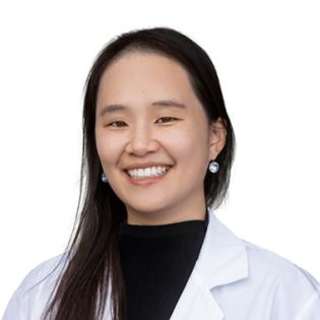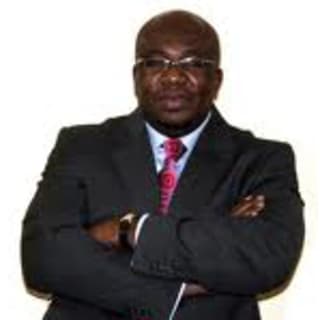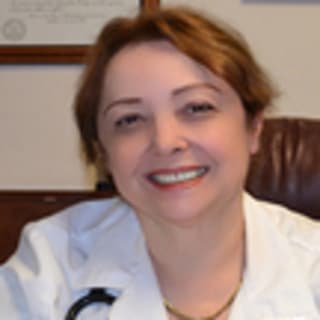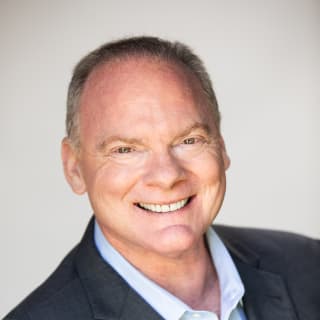
William Patrick Stanford MD PhD FACP (He/Him)
Preventive Medicine, Complementary and Integrative Medicine
Chief Medical Officer
Join to View Full Profile
13949 Ventura Blvd.Suite 209Sherman Oaks, CA 91423
Phone+1 310-737-8206
Fax+1 323-381-5970
Dr. Stanford is on Doximity
As a Doximity member you'll join over two million verified healthcare professionals in a private, secure network.
- Gain access to free telehealth tools, such as our “call shielding” and one-way patient texting.
- Connect with colleagues in the same hospital or clinic.
- Read the latest clinical news, personalized to your specialty.
Summary
- I am a scientist at heart, having begun my career as a Mechanical and Aerospace Engineer at Texas Instruments in 1982. I became interested in biomedical science and began the combined MD/PhD program at UCLA in 1991. I completed medical school in 1998, PhD (Physiology) in 1999 and Internal Medicine residency in 2001, all at UCLA. Since that time, I have worked in Hospital Medicine, mostly as a clinician along with management and quality improvement positions, most of which were at Cedars-Sinai Medical Center in Los Angeles.
Recent advances in Genomics and Precision Medicine have led me to complete Professional Certification in Genetics and Genomics through Stanford University in 2018. This training included coursework in next generation sequencing (NGS) of DNA and RNA, transcriptome analysis, pharmacogenomics, microbiomics, epigenetics, proteomics, gene editing and stem cell techniques. I recognize the significance of these technological developments empowered by incredible advances in basic science research, along with the development of powerful tools for sequencing and data analysis that leverages artificial intelligence. The current one-size-fits-all approach to healthcare does not seem to begin to leverage the incredible realities that the state of biomedical science finds itself in 2021. These advancements will enable prediction, prevention, treatment and cures for diseases by personalizing treatment based on each individual patient's genetic, biochemical and physiologic signature.
Precision Medicine will ultimately deliver healthcare more efficiently and cost-effectively than current models, enabling us to deliver better healthcare to more people for less GDP. I will combine my extensive clinical experience and leadership, along with my strong scientific background and knowledge of Precision Medicine, to help lead the Internal Medicine community in bringing Precision Medicine to routine clinical practice.
Education & Training
 UCLA David Geffen School of Medicine/UCLA Medical CenterResidency, Internal Medicine, 1998 - 2001
UCLA David Geffen School of Medicine/UCLA Medical CenterResidency, Internal Medicine, 1998 - 2001 UCLA School of MedicinePhD, 1999
UCLA School of MedicinePhD, 1999 David Geffen School of Medicine at UCLAClass of 1998
David Geffen School of Medicine at UCLAClass of 1998 University of Dallas, Graduate School of Engineering ManagementNo Degree, 1983 - 1988
University of Dallas, Graduate School of Engineering ManagementNo Degree, 1983 - 1988 University of MissouriBS, Mechanical and Aerospace Engineering, Cum Laude, 1978 - 1982
University of MissouriBS, Mechanical and Aerospace Engineering, Cum Laude, 1978 - 1982 University of MissouriBS, Mechanical Engineering, 1978 - 1982
University of MissouriBS, Mechanical Engineering, 1978 - 1982
Certifications & Licensure
 CA State Medical License 1999 - 2025
CA State Medical License 1999 - 2025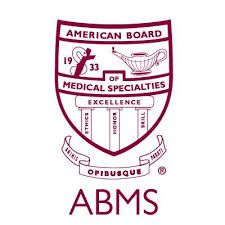 American Board of Internal Medicine Internal Medicine
American Board of Internal Medicine Internal Medicine
Awards, Honors, & Recognition
- AOA UCLA School of Medicine, 1997
- Fellow American College of Physicians, 2017
- Friend of Nursing Award Cedars-Sinai Medical Center, 2016
- Join now to see all
Publications & Presentations
PubMed
- 17 citationsInfluence of body size and section level on calcium phantom measurements at coronary artery calcium CT scanning.William Stanford, Trudy L. Burns, Brad H. Thompson, John D. Witt, Ronald M. Lauer
Radiology. 2004-01-01 - Atypical chest pain and atypical coronary artery diseaseBrian Palen, William Stanford, Thomas Fagan, Joseph A. Hill
The American Journal of Cardiology. 2003-07-01 - 42 citationsHOXB7 overexpression promotes differentiation of C3H10T1/2 cells to smooth muscle cells.Kristina I. Boström, Yin Tintut, Shih Chi Kao, William P. Stanford, Linda L. Demer
Journal of Cellular Biochemistry. 2000-08-01
Journal Articles
- Atherosclerotic calcification: Relation to developmental osteogenesisBostrom K., Watson K.E., Stanford W.P., and Demer L.L., American Journal of Cardiology, 1/1/1995
Books/Book Chapters
Abstracts/Posters
- Molecular and cellular regulation of vascular calcification: analogies with embryonic osteogenesis.Demer L.L., Watson K.E., Bostrom K., Stanford W.P., and Parhami F, Annual Meeting of the Association of University Cardiologists, Naples, FL, 1/1/1996
- Human aortic endothelial cells produce bone morphogenetic protein-4 (BMP-4) and osteopontin, but not BMP-2.Stanford W.P., Parhami F., Morrow A., Schwartz D., Bostrom K., and Demer L.L., American Heart Association, Laverna Titus Young Investigators Symposium, Los Angeles, CA, 1/1/1995
- Human aortic endothelial Cells express bone morphogenetic protein: possible implication of embryonal mechanism in arterial calcification.Stanford W.P., Parhami F., Bostrom K., and Demer L.L., Annual Meeting of Experimental Biology, Atlanta, GA, 1/1/1995
- Join now to see all
Press Mentions
 Listenmed Pays It Forward to People in Need in CaliforniaJanuary 14th, 2021
Listenmed Pays It Forward to People in Need in CaliforniaJanuary 14th, 2021
Viewing the full profile is available to verified healthcare professionals only.
Find your profile and take control of your online presence:


